Conservation charity’s innovative and scalable solution to the extinction crisis has been recognised
how to help
For many species, it’s now or never.
Donate Nowor why not Fundraise For Us?
Nature’s SAFE, a Whitchurch-based conservation charity dedicated to saving animals from extinction, has formed a new partnership with Watatunga Wildlife Reserve, a wildlife park in Norfolk housing threatened deer, antelope and bird species.
Nature’s SAFE is renowned for its pioneering work in ‘cryoconservation’, the storage of cells and tissues from threatened wildlife species to safeguard genetic diversity and provide a resource to boost populations in the future. As the UK-based cryopreservation partner of the European Association of Zoos and Aquaria (EAZA) Biobank, Nature’s SAFE collaborates with zoos and wildlife rescue centres across Europe to ensure the long-term survival of vulnerable species.
Watatunga Wildlife Reserve, spanning 170 acres of woodland, grassland, and lakes, is dedicated to the conservation of endangered deer, antelope, and birds. Through sustainable tourism practices and a commitment to preserving natural ecosystems, Watatunga provides a safe haven for these species to thrive. Through educational programs and community engagement, they seek to raise awareness about the importance of biodiversity conservation and inspire positive action.
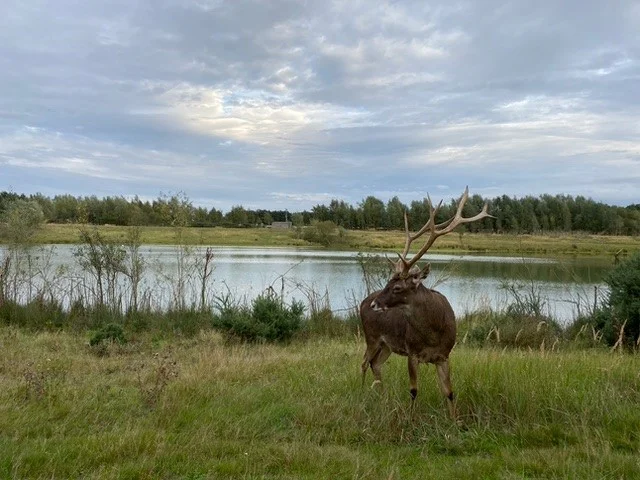
The partnership between Nature’s SAFE and Watatunga Wildlife Reserve capitalizes on their shared values of conservation and sustainability. By combining Nature’s SAFE’s expertise in cryopreservation with Watatunga’s existing commitment to protecting threatened species, the collaboration aims to boost the efforts of both organisations in protecting our planet’s wildlife.
Molly Ruder from Watatunga Wildlife Reserve spoke of the partnership:
“We are extremely excited to be partnering with Nature’s SAFE and their unique approach to conservation. We hope to provide samples for endangered deer and antelope from all over the world for years to come.”
Tullis Matson, Nature’s SAFE Founder and Chair said of the collaboration:
“It is fantastic to have Watatunga Wildlife Reserve on board. Their conservation work is of huge importance for incredibly special deer, antelope and bird species and we are delighted to be able to support this exciting project.”
Together, Nature’s SAFE and Watatunga Wildlife Reserve exemplify the potential of partnerships in advancing conservation goals and promoting responsible stewardship of the natural world.
ENDS
Watatunga Wildlife Reserve
Watatunga Wildlife Reserve is an award-winning Norfolk reserve welcoming families for safari stays & tours of endangered species. Set in 170 acres of breathtaking woodland, grassland and lakes, the award-winning nature reserve in Norfolk is dedicated to the conservation of endangered deer, antelope and birds and home to one of the most varied collection of deer and antelope in Europe, free to roam at their will. As a passionate supporter of sustainable tourism, they are cultivating an ethos that echoes the very definition of it, which is to “provide authentic tourist experiences that celebrate and conserve heritage and culture, protecting natural environments, wildlife and natural resources when developing and managing tourism activities.” Watatunga offers a one-of-a-kind opportunity for visitors to experience expert-led safari tours, in their fully-accessible self-drive buggies.
Learn more about the work of Watatunga Wildlife Reserve at: https://watatunga.co.uk/
Don’t miss
Conservation charity’s innovative and scalable solution to the extinction crisis has been recognised
Terri Hill, renowned for her career in the equestrian world and her dedication to animal welfare, is stepping into a new role as an ambassador for Nature’s SAFE.
More than 40,000 species are currently at risk of extinction. Through a unified mission to save those species most at risk a new partnership has been formed between Paignton Zoo and Nature’s SAFE.
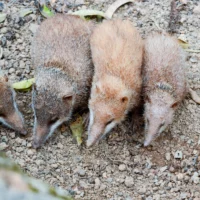
Lesser Madagascan tenrec
Total Population: Unknown
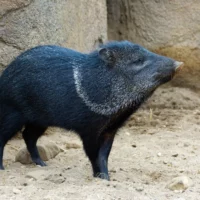
Collared peccary
Total Population: More than 2,000,000 in the wild
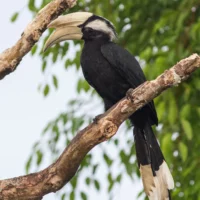
Black Hornbill
Total Population: Unknown
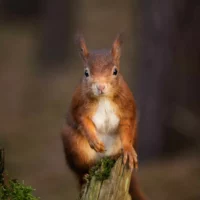
Eurasian Red Squirrel
Total Population: 120,000 to 160,000 in the wild
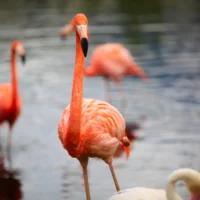
Caribbean flamingo
Total Population: 150,000 to 205,000 in the wild
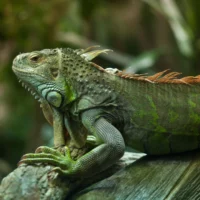
Green Iguana
Total Population: Around 1.3 million in the wild
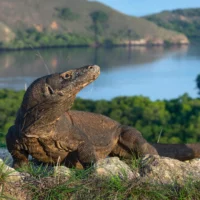
Komodo dragon
Total Population: Around 3,500 in the wild
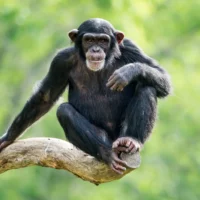
Chimpanzee
Total Population: 170,000 - 300, 000 in the wild
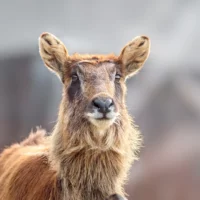
Nile Lechwe
Total Population: 30,000 - 40,000 in the wild
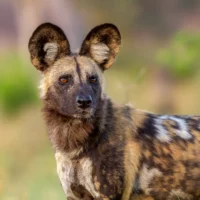
African wild dog
Total Population: Around 6,600 in the wild
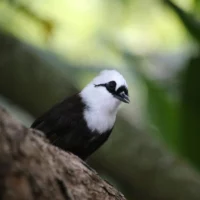
Sumatran laughing thrush
Total Population: 2,500 - 10,000 in the wild
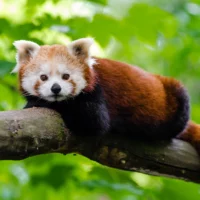
Red Panda
Total Population: Less than 10,000 in the wild
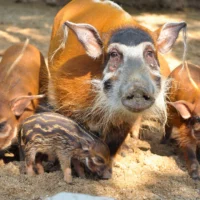
Red river hog
Total Population: Unknown
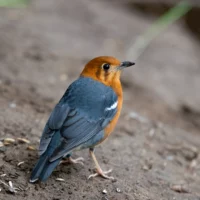
Orange-headed thrush
Total Population: Unknown
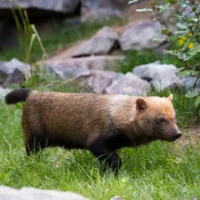
Bush dog
Total Population: Unknown
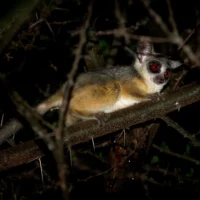
Senegal galago
Total Population: Unknown
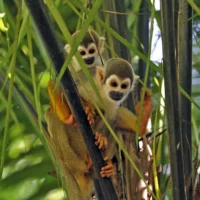
Guianan Squirrel Monkey
Total Population: Around 150,000 in the wild
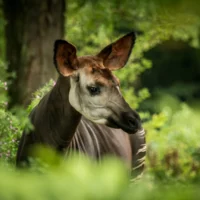
Okapi
Total Population: Less than 25,000 in the wild
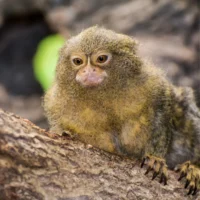
Pygmy marmoset
Total Population: Unknown
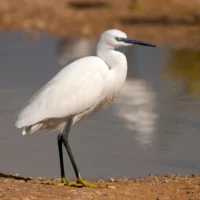
Little egret
Total Population: 660,000 to 3,150,000 in the wild
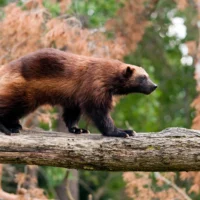
Wolverine
Total Population: Around 13,000 in the wild